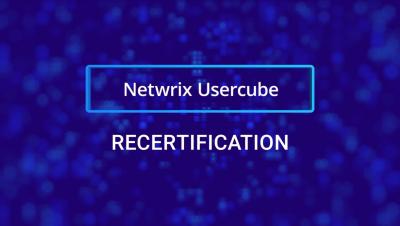4 Service Account Attacks and How to Protect Against Them
Whether you realize it or not, service accounts represent a major risk to your data security. This article explains the fundamentals of service accounts and how attackers can exploit them so you can prevent yours from being compromised.












